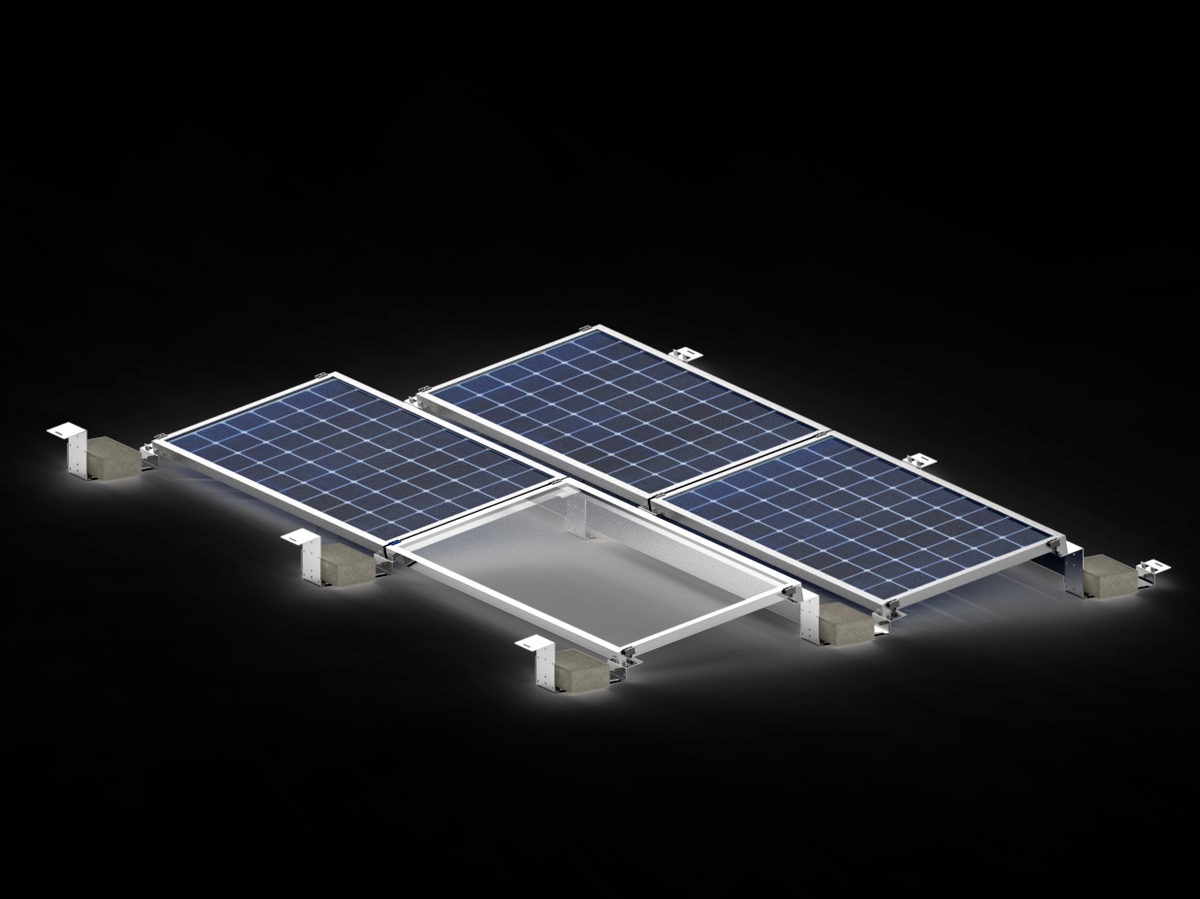Solar energy has emerged as a popular and sustainable alternative to traditional power sources. As the demand for solar panels continues to rise, it is crucial to understand the importance of solar mounting systems. These systems play a vital role in supporting and securing solar panels, ensuring optimal performance and longevity. In this guide, we will explore various types of solar mounting systems, delve into their installation process, and highlight the benefits they offer.
Types of Solar Mounting Systems
1. Roof-Mounted Systems
Roof-mounted solar systems are among the most common and widely used solutions. They are installed directly on the roof of a building, making efficient use of available space. Roof-mounted systems can be further classified into two types:
- Pitched Roof Mounting: This type of mounting system is suitable for sloped or pitched roofs. Brackets or rails are attached to the roof structure, allowing solar panels to be installed at an optimal angle to maximize sun exposure.
- Flat Roof Mounting: Flat roof mounting systems are designed for buildings with horizontal or low-slope roofs. They use ballasts, frames, or racks to secure solar panels at an angle, ensuring proper ventilation and stability.
2. Ground-Mounted Systems
Ground-mounted solar systems are ideal for areas with ample open space or when roof installation is not feasible. These systems are installed on the ground using racks or poles, allowing for flexible positioning and easy access for maintenance. Ground-mounted systems can be categorized into:
- Fixed-Tilt Ground Mounts: This type of mounting system holds solar panels at a fixed angle throughout the year. The tilt angle is usually set to optimize solar exposure based on the geographical location.
- Tracking Ground Mounts: Tracking ground mounts automatically adjust the position of solar panels to track the movement of the sun. They can be either single-axis or dual-axis tracking systems, maximizing energy generation by continuously optimizing panel alignment with the sun.
Installation Process
The installation process of solar mounting systems involves several key steps:
- Site Assessment: A thorough assessment of the site is conducted to determine the best location and orientation for solar panel installation. Factors such as shading, structural integrity, and load-bearing capacity are evaluated.
- Design and Engineering: Based on the site assessment, engineers design the most suitable mounting system and layout for the solar panels. This includes selecting the appropriate mounting type and calculating the optimal tilt angle and positioning.
- Permitting and Approvals: Before installation, necessary permits and approvals must be obtained from local authorities. This ensures compliance with building codes, regulations, and safety standards.
- Mounting System Installation: The chosen mounting system is installed according to the design specifications. This involves attaching brackets, rails, or frames securely to the roof or ground, ensuring proper alignment and structural integrity.
- Solar Panel Installation: Once the mounting system is in place, solar panels are mounted onto the system using clamps or other mounting mechanisms. Wiring and electrical connections are also completed during this stage.
- Commissioning and Testing: After installation, the entire system undergoes thorough testing and commissioning to ensure it is functioning optimally and safely. This includes verifying electrical connections, measuring performance, and conducting system checks.
Benefits of Solar Mounting Systems
Solar mounting systems offer several benefits that contribute to the overall performance and efficiency of solar installations:
- Optimal Sun Exposure: By securely positioning solar panels at an optimal angle, mounting systems maximize sun exposure, increasing energy generation potential.
- Enhanced Stability and Durability: Mounting systems provide a stable and durable framework for solar panels, protecting them from environmental factors such as wind, rain, and snow.
- Improved Efficiency: Properly mounted solar panels can achieve higher energy conversion rates, resulting in increased overall system efficiency.
- Flexibility and Scalability: Solar mounting systems offer flexibility in terms of installation location and scalability. They can be adapted to various roof or ground configurations and can accommodate future expansion of the solar array.
- Easy Maintenance and Accessibility: Mounting systems allow for easy access to solar panels, simplifying cleaning, maintenance, and repairs.
Conclusion
Solar mounting systems are an essential component of solar panel installations, providing stability, optimal sun exposure, and numerous benefits. Understanding the different types of mounting systems, the installation process, and the advantages they offer can help individuals and businesses make informed decisions when embarking on solar projects. By choosing the right mounting system and ensuring proper installation, you can maximize the performance and longevity of your solar energy system, contributing to a sustainable and greener future.


No comments yet